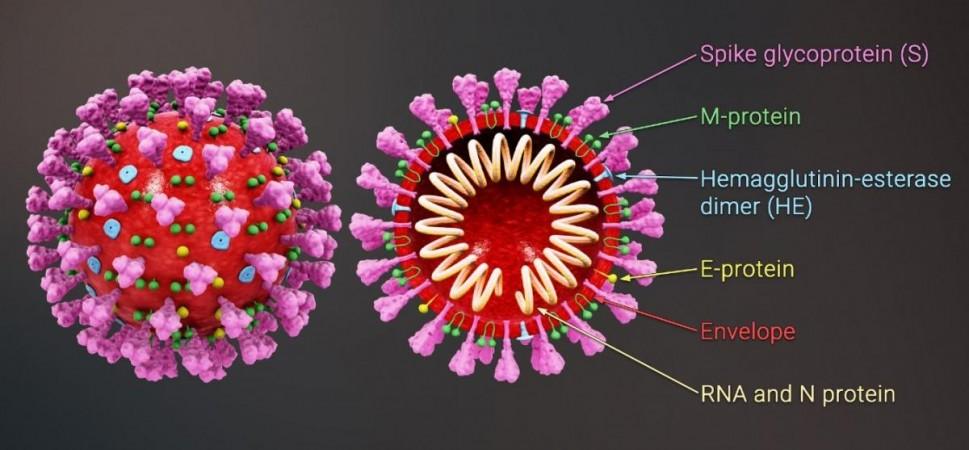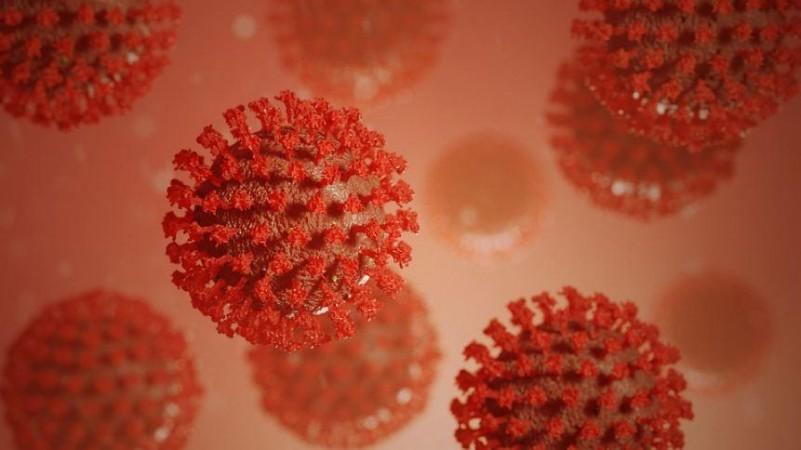Over the course of the COVID-19 pandemic, the SARS-CoV-2 coronavirus has mutated into numerous variants. Depending on the nature of the mutation, the infectivity, virulence, and immune-evasive abilities of the variants have varied greatly. While the results of these alterations have been negligible in some, it has made others more lethal. Now, scientists have found that three mutations on the spike protein of the Epsilon variant can reduce the neutralizing capacities of antibodies.
According to the multi-institutional study, the mutations on the Epsilon variant's spike protein can significantly diminish the ability of antibodies—acquired through vaccination or prior infection—to neutralize it. These changes confer the variant with the ability to completely evade particular monoclonal antibodies used for the treatment of the infection and decrease the efficacy of antibodies in the plasmas of vaccinated individuals.
"Understanding the newfound mechanism of immune evasion of the emerging variants, such as the signal peptide modification described herein, is as important as sequence surveillance itself to successfully counter the ongoing pandemic," wrote the authors.
Rattling USA in 2020

Since the onset of the COVID-19 pandemic nearly 20 months ago, several mutations have been reported across multiple variants of the SARS-CoV-2 virus. Most of the changes have been observed on the novel coronavirus's spike glycoprotein or 'Spike" (a hook-like structure on the surface of the virus). The pathogen uses this protein to gain entry into cells and infect them.
The Epsilon variant was formerly classified as a variant of interest (VOI) by the WHO. However, it continues to be categorized as one by the US Centers for Disease Control and Prevention (CDC), after being from a variant of concern (VOC) on 29 June 2021. It was detected in the United States and received widespread attention in late 2020 as cases sky-rocketed in California.
According to molecular clock analysis, a precursor of the variant emerged in May 2020. In a few months, it diverged into the Epsilon variant (comprising of the B.1.427/B.1.429 lineages). The evolved variant has been reported in 34 countries so far.
In Search of Changes

In order to ascertain the precise mechanism used to escape immune response, the team visualized Epsilon's infection machinery. This was done in order to understand the differences between the original virus that emerged in China and this variant, and the resulting effects of the changes. The authors tested the strength of plasma from individuals who had contracted the infection, and vaccinated people, against the variant.
Much like in the case of several of its mutant siblings, the neutralizing potency of the obtained plasma was found to be reduced to against the Epsilon variant—around 2 to 3.5 fold. Though the variant infects in the same way as the original strain, the mutations acquired by it led to the rearrangements in crucial areas of the 'spike'. Electron cryomicroscopy examination revealed that specific areas in the variant's spike had developed structural changes. In total, three critical mutations were found by the study.
Three Critical Mutations

One of the mutations developed by the Epsilon spike affected its RBD (receptor binding domain), which is the area of the spike where binding with the cell takes. Due to this mutation, the neutralizing activity of the antibodies specific to that domain—13 out of 34—was considerably reduced. This also included the action of clinical antibodies. The other mutations in the variant's spike impacted the N-terminal domain (NTD) located on it.
Through the use of mass spectrometry and structural analysis, the scientists found that due to these two mutations, a section of the NTD of the Epsilon variant's spike was reshaped. The signal peptide cleavage site of the NTD antigenic supersite—where the NTD section of the protein is broken down—was found to be shifted. As a result, a complete loss of neutralization was observed in all the 10 antibodies that were specific to the NTD on the spike.
















